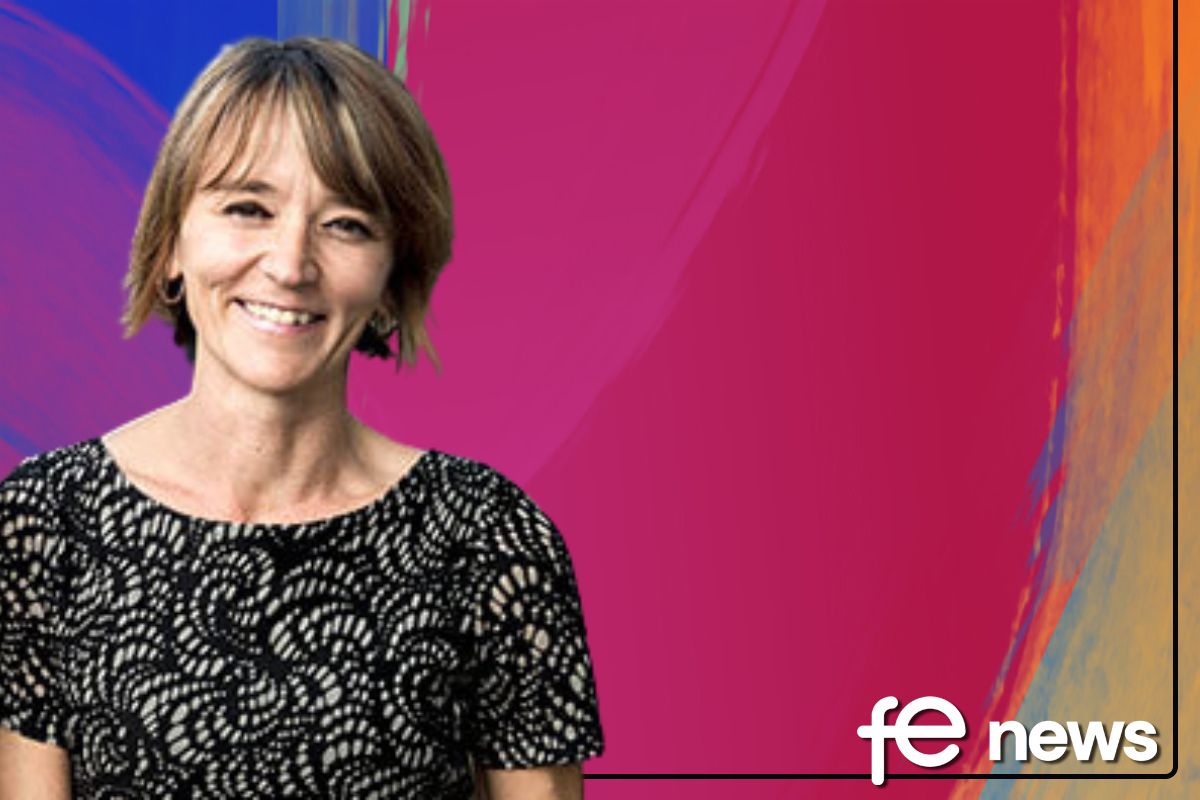Why higher education institutions need a digital textbook strategy

…and how they can deliver one #FutureofEducation
As we head into a new decade, people working in UK higher education sector are mindful of the constantly evolving environment driven by changing regulation, an increasingly diverse cohort of students and the shifting expectations of the learners themselves.
More than ever before, higher education institutions are having to work hard to ensure they stand out as the educator of choice for fee paying students whilst also finding themselves under pressure to make every penny spent go just that little bit further.
Institutions are turning to digital technology to make sure they are meeting (and exceeding) student expectations and delivering the very best learning environment possible for the discerning student of today.
Changing expectations
In the last ten years, digital technology has drastically reshaped student expectations in every area of their lives. They are accustomed to having easy access to a highly efficient online world where good service and convenience is just a push or a swipe from reality.
Every higher education institution knows though, that it can take a long time to procure, sign off and integrate a new technology platform. Keeping pace with the technological opportunities to improve the learning environment for students is also often not as easy as it sounds.
However, there are exceptions and with the right partnership approach, rapid and transformative change is possible. Recently BIMM (British and Irish Modern Music Institute), a UK-based higher education institution, delivered on its digital transformation strategy in just six weeks, rolling out eTextbooks to its students.
Since the rollout of its eTextbook programme, BIMM has already seen significant improvements across two key areas:
1. The Student Experience
Given BIMM’s already aforementioned focus on music, it was typical for its students to carry heavy textbooks between lessons. This, in addition to weighty instruments, was cumbersome and an enormous source of frustration for students.
Across the sector, we’ve seen this same frustration played out any number of times; students checking books out of the library; and then physically lugging them around all day in their bags. The alternative is that students opt to leave their heavy books behind in the library or at home, thereby compromising their ability to learn away from that environment.
Digital textbooks are providing students with an alternative. Books and course materials can be made entirely accessible online (and downloaded for offline access too); and they can all give students the tools to read text aloud and change the font size and type face to suit their reading style in a way that can’t be done with physical books.
Course materials can be accessed from any location and support can be provided for students with learning difficulties or who don’t have English as their first language. As a result, accessibility and the overall student experience has been greatly improved.
2. Teaching Standards
Higher education has always been a high-pressure environment; and with changes to the way institutions now have to operate, this pressure is more intense than ever before. Digital technology provides lecturers with much greater flexibility, for instance in allowing them to author course materials through an easy to access platform. At BIMM, authoring tools have now allowed the Institution’s lecturers to insert slideshows, video clips, and audio within the textbooks; all of which greatly helped students to better engage with content.
The same flexibility applies not just to the authoring of content, but the analytics, marking and assessment of it as well. Lecturers can now very easily annotate, bookmark and reference content. It can also be conveniently shared and accessed by other creators, leading to the melding of a single digital environment where best practices chime alongside each other like a well-conducted orchestra.
A strategy for digital
In a modern learning environment, the challenges around the development and execution of a digital strategy are understandable. Staff often do not have the time and resources to unpick, understand and invest in digital transformation, let alone going through all the necessary steps to implement an institution wide strategy.
However, eTextbooks have evolved to the extent that they can deliver quite significant changes to the student satisfaction with relatively little stress and financial outlay. They can be deployed entirely by the provider, or the institution can choose a lower cost, more hands-on approach, to get involved and publish themselves on the learning platform.
BIMM is the perfect example of an Institute that understood the possibilities, choosing to create their own learning materials and publish them directly for the students with ease. It identified its key challenges and built a digital strategy around meeting them. Crucially, it was a strategy that could be delivered against the age-old constraints of time and money.
Lecturers at BIMM now do not have to line up videos on hard drives or sharing platforms as they prepare to teach the students, they can simply refer to the videos that were created for the topic and which are embedded within the eTextbook. Additionally, multiple (non tech) people can work on the same book at once, adding content and annotating notes for students.
The shift towards digital has allowed the Institution to demonstrably transform the student experience; and to help busy lecturers support and engage them to the very highest possible standards. It is an example that universities across the country can look to emulate.
Alice Duijser, Managing Director for EMEA, VitalSouce











Responses